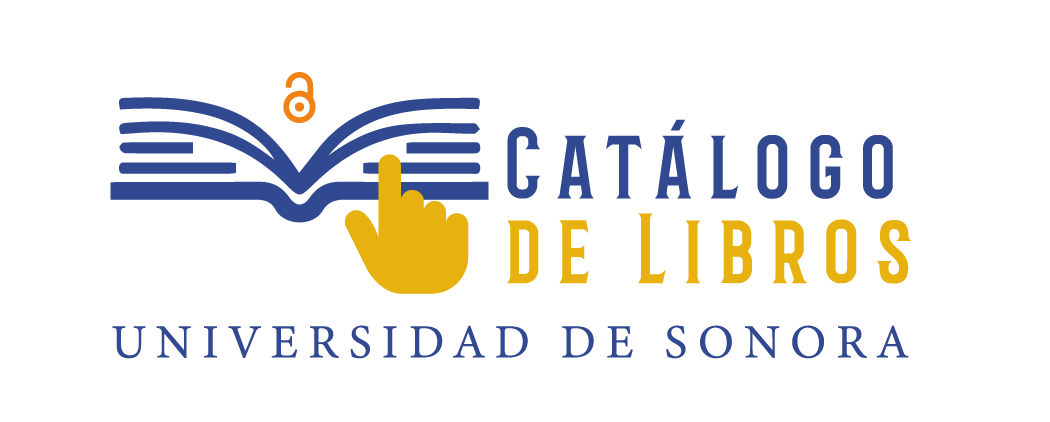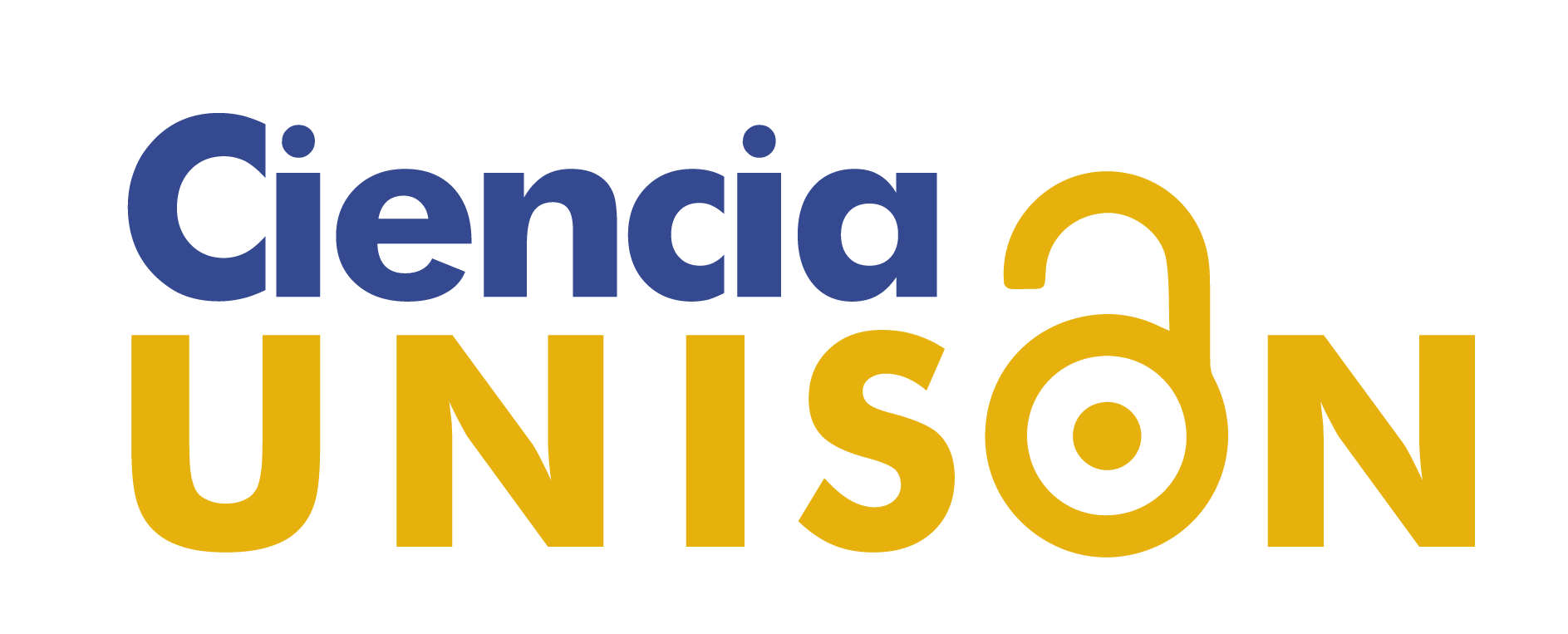Un patrón dietético tipo desayuno se asocia positivamente con la densidad mineral ósea lumbar en mujeres recién diagnosticadas con cáncer de mama
DOI:
https://doi.org/10.18633/biotecnia.v27.2702Palabras clave:
Dieta, Consumo de lácteos, Salud ósea, Osteoporosis, Tratamiento antineoplásicoResumen
El cáncer de mama y su tratamiento antineoplásico aceleran la pérdida de masa ósea, aumentando el riesgo de osteoporosis y fracturas. La dieta, como factor modificable, puede desempeñar un papel clave en este proceso. Este estudio tuvo como objetivo evaluar la asociación entre patrones dietéticos y el estado óseo en mujeres mexicanas con diagnóstico reciente de cáncer de mama. Se llevó a cabo un estudio transversal piloto con dos grupos pareados por edad: uno con diagnóstico reciente de cáncer de mama y otro sin enfermedad. El estado óseo y la composición corporal se evaluaron mediante absorciometría dual de rayos X, y la ingesta dietética mediante un cuestionario de frecuencia de consumo de alimentos. A través de análisis de componentes principales se identificaron tres patrones dietéticos. El patrón denominado “Desayuno”, compuesto por productos lácteos, huevo, café, té y cereales refinados, mostró una asociación positiva con la densidad mineral ósea lumbar (β = 0.043; p = 0.020). El patrón “Occidentalizado” presentó una tendencia negativa cercana al umbral de significancia (p = 0.053), mientras que el patrón “Tradicional-mexicano” no mostró asociación. Estos hallazgos resaltan la importancia de promover patrones dietéticos que favorezcan la salud ósea en mujeres con cáncer de mama.
Descargas
Citas
Allende-Pérez, S., Pérez-Camargo, D.A., Urbalejo-Ceniceros, V.I., & Ochoa-Carrillo, F.J. (2013). Evaluación del estado de nutrición en pacientes con cáncer avanzado, referidos a cuidados paliativos del Instituto Nacional de Cancerología, México. Gaceta Mexicana de Oncología, 12(4), 223-228.
Bauer, J., Capra, S., & Ferguson, M. (2002). Use of the scored Patient-Generated Subjective Global Assessment (PG-SGA) as a nutrition assessment tool in patients with cancer. European Journal of Clinical Nutrition, 56(8), 779-785.
Bian, S., Hu, J., Zhang, K., Wang, Y., Yu, M., & Ma, J. (2018). Dairy product consumption and risk of hip fracture: a systematic review and meta-analysis. BMC Public Health, 18, 165.
Blücher, C., & Stadler, S.C. (2017). Obesity and breast cancer: current insights on the role of fatty acids and lipid metabolism in promoting breast cancer growth and progression. Frontiers in Endocrinology, 8, 293.
Burgess, C., Cornelius, V., Love, S., Graham, J., Richards, M., & Ramirez, A. (2005). Depression and anxiety in women with early breast cancer: five-year observational cohort study. BMJ, 330(7493), 702.
Cacau, L.T., De Miguel-Etayo, P., Santaliestra-Pasías, A.M., Giménez-Legarre, N., & Marchioni, D.M. (2021). Breakfast dietary pattern is inversely associated with overweight/obesity in European adolescents: the HELENA Study. Children, 8(11), 1044.
Cancello, G., Maisonneuve, P., Rotmensz, N., Viale, G., Mastropasqua, M.G., Pruneri, G., & Colleoni, M. (2010). Prognosis and adjuvant treatment effects in selected breast cancer subtypes of very young women (<35 years) with operable breast cancer. Annals of Oncology, 21(10), 1974-1981.
Carrera, P.M., Gao, X., & Tucker, K.L. (2007). A study of dietary patterns in the Mexican-American population and their association with obesity. Journal of the American Dietetic Association, 107, 1735-1742.
CENETEC. (2017). Prevención, tamizaje y referencia oportuna de casos sospechosos de cáncer de mama en el primer nivel de atención [Internet]. [Consultado 25 May 2024]. Disponible en: http://www.cenetec-difusion.com/CMGPC/S-001-08/ER.pdf
Cheung, A.M., Heisey, R., & Srighanthan, J. (2013). Breast cancer and osteoporosis. Current Opinion in Endocrinology, Diabetes and Obesity, 20(6), 532-538.
Cordain, L., Eaton, S.B., Sebastian, A., Mann, N., Lindeberg, S., Watkins, B.A., O’Keefe, J.H., & Brand-Miller, J. (2005). Origins and evolution of the Western diet: health implications for the 21st century. American Journal of Clinical Nutrition, 81(2), 341-354.
Coughlin, S.S. (2019). Social determinants of breast cancer risk, stage, and survival. Breast Cancer Research and Treatment, 177, 537-548.
Courneya, K.S., Mackey, J.R., Bell, G.J., Jones, L.W., Field, C.J., & Fairey, A.S. (2003). Randomized controlled trial of exercise training in postmenopausal breast cancer survivors: cardiopulmonary and quality-of-life outcomes. Journal of Clinical Oncology, 21(9), 1660-1668.
de França, N.A., Camargo, M.B., Lazaretti-Castro, M., Peters, B.S., & Martini, L.A. (2016). Dietary patterns and bone mineral density in Brazilian postmenopausal women with osteoporosis: a cross-sectional study. European Journal of Clinical Nutrition, 70(1), 85-90.
Denova-Gutiérrez, E., Castañón, S., Talavera, J.O., Flores, M., Macías, N., Rodríguez-Ramírez, S., Flores, Y.N., & Salmerón, J. (2011). Dietary patterns are associated with different indexes of adiposity and obesity in an urban Mexican population. Journal of Nutrition, 141, 921-927.
Denova-Gutiérrez, E., Clark, P., Tucker, K.L., Muñoz-Aguirre, P., & Salmerón, J. (2016). Dietary patterns are associated with bone mineral density in an urban Mexican adult population. Osteoporosis International, 27(10), 3033-3040.
Ferlay, J., Ervik, M., Lam, F., Laversanne, M., Colombet, M., Mery, L., Piñeros, M., & Bray, F. (2024). Global Cancer Observatory: Cancer Today [Internet]. Lyon: International Agency for Research on Cancer. [Consultado 26 Abr 2024]. Disponible en: https://gco.iarc.who.int/today
Grachel, G. (2011). Técnicas de medición para la toma de peso y estatura. Revista Salud & Sociedad, 3(2), 45-52.
Hadji, P., Gnant, M., Body, J.J., Lipton, A., & Aapro, M.S. (2012). Cancer treatment-induced bone loss in premenopausal women: a need for therapeutic intervention? Cancer Treatment Reviews, 38(6), 798-806.
Hallström, H., Melhus, H., Glynn, A., Lind, L., Syvänen, A.C., & Michaelsson, K. (2013). Coffee consumption and risk of osteoporotic fracture in a cohort of Swedish men and women. Osteoporosis International, 24(1), 155-162.
Hidayat, K., Du, X., Shi, B.M., & Qin, L.Q. (2020). Systematic review and meta-analysis of the association between dairy consumption and the risk of hip fracture. Osteoporosis International, 31(8), 1411-1425.
INEGI. (2023). Instituto Nacional de Estadística y Geografía. Estadísticas a propósito del Día Internacional de la Lucha contra el Cáncer de Mama. Comunicado 595/23 [Internet]. México: INEGI. [Consultado 25 May 2024]. Disponible en: https://www.inegi.org.mx/app/salaDeprensa/noticia.html?id=8498
Jiménez, M., & Lira, M. (2022). Prevalencia del riesgo de desnutrición en pacientes del servicio de medicina interna de un hospital mexicano: resultados de la encuesta nutritionDay 2021. Revista de Nutrición Clínica y Metabolismo, 5(2), 42-48.
Kanis, J.A., Johnell, O., Oden, A., Jonsson, B., de Laet, C.E., & Dawson, A. (2000). Risk of hip fracture according to the World Health Organization criteria for osteopenia and osteoporosis. Bone, 27(5), 585-590.
Limón-Miró, A.T., Astiazarán-Garcia, H., Valencia, M.E., Lopez-Teros, V., Aleman-Mateo, H., Méndez-Estrada, R.O., & Pacheco-Moreno, B.I. (2017). Dietary guidelines for breast cancer patients: a critical review. Advances in Nutrition, 8(4), 613-623.
Limón-Miró, A.T., Valencia, M.E., Lopez-Teros, V., & Astiazarán-Garcia, H. (2021). An individualized food-based nutrition intervention reduces visceral and total body fat while preserving skeletal muscle mass in breast-cancer patients under antineoplastic treatment. Clinical Nutrition, 40(6), 4394-4403.
Lopez-Pentecost, M., Crane, T.E., Garcia, D.O., Kohler, L.N., Wertheim, B.C., Hébert, J.R., Steck, S.E., Shivappa, N., & Thomson, C.A. (2022). Role of dietary patterns and acculturation in cancer risk and mortality among postmenopausal Hispanic women: results from the Women’s Health Initiative. Journal of Public Health, 30, 811-822.
Lozada, A.L., Flores, M., Rodríguez, S., & Barquera, S. (2007). Patrones dietarios en adolescentes mexicanas: una comparación de dos métodos. Salud Pública de México, 49(4), 263-273.
Ma, X., Zhang, J., Zhong, W., Shu, C., Wang, F., Wen, J., & Zhou, M. (2014). The diagnostic role of a short screening tool – the distress thermometer: a meta-analysis. Supportive Care in Cancer, 22(7), 1741-1755.
Monroy-Cisneros, K., Esparza-Romero, J., Valencia, M.E., Guevara-Torres, A.G., Méndez-Estrada, R.O., & Astiazarán-García, H. (2016). Antineoplastic treatment effect on bone mineral density in Mexican breast cancer patients. BMC Cancer, 16, 1-7.
Morlino, D., Marra, M., Cioffi, I., Santarpia, L., De Placido, P., Giuliano, M., & Pasanisi, F. (2022). Prevalence of sarcopenia in women with breast cancer. Nutrients, 14(9), 1839.
Murtaugh, M.A., Sweeney, C., Giuliano, A.R., Herrick, J.S., Hines, L., Byers, T., & Slattery, M.L. (2008). Diet patterns and breast cancer risk in Hispanic and non-Hispanic White women: the Four-Corners Breast Cancer Study. American Journal of Clinical Nutrition, 87(4), 978-984.
Nettleton, J.A., Steffen, L.M., Mayer-Davis, E.J., Jenny, N.S., Jiang, R., Herrington, D.M., & Jacobs, D.R. (2006). Dietary patterns are associated with biochemical markers of inflammation and endothelial activation in the Multi-Ethnic Study of Atherosclerosis (MESA). American Journal of Clinical Nutrition, 83, 1369-1379.
Ocké, M.C. (2013). Evaluation of methodologies for assessing the overall diet: dietary quality scores and dietary pattern analysis. Proceedings of the Nutrition Society, 72(2), 191-199.
Ortega, M.I., Morales, G., Quizán, T., & Preciado, M. (1999). Estimación del consumo de alimentos. Cuaderno de trabajo No.1: Cálculo de ingestión dietaria y coeficientes de adecuación a partir de: Registro de 24 horas y Frecuencia de consumo de alimentos. CIAD.
Poole, R., Kennedy, O.J., Roderick, P., Fallowfield, J.A., Hayes, P.C., & Parkes, J. (2017). Coffee consumption and health: umbrella review of meta-analyses of multiple health outcomes. BMJ, 359, j5024.
Quizán-Plata, T., & Ortega-Vélez, M.I. (2000). Diseño y validación de una herramienta para identificar riesgo dietario en mujeres adultas de bajo ingreso. Nutrición Clínica, 3, 128-135.
Ramin, C., May, B.J., Roden, R.B.S., Orellana, M.M., Hogan, B.C., McCullough, M.S., & Visvanathan, K. (2018). Evaluation of osteopenia and osteoporosis in younger breast-cancer survivors compared with cancer-free women: a prospective cohort study. Breast Cancer Research, 20, 134.
Rizzoli, R., Biver, E., & Brennan-Speranza, T.C. (2021). Nutritional intake and bone health. The Lancet Diabetes & Endocrinology, 9(9), 606-621.
Roth-Walter, F., Canani, R.B., O’Mahony, L., Peroni, D., Sokolowska, M., Vassilopoulou, E., & Venter, C. (2024). Nutrition in chronic inflammatory conditions: bypassing the mucosal block for micronutrients. Allergy, 79(2), 353-383.
Salminen, E.K., Lagström, H.K., Heikkilä, S.P., & Salminen, S.J. (2000). Does breast cancer change patients’ dietary habits? European Journal of Clinical Nutrition, 54(11), 844-848.
Shi, D., Liu, W., Hang, J., & Chen, W. (2024). Whole egg consumption in relation to bone health of the US population: a cross-sectional study. Food & Function, 15(3), 1369-1378.
Tapia, C.E., & Cevallos, K.L. (2021). Pruebas para comprobar la normalidad de datos en procesos productivos: Anderson-Darling, Ryan-Joiner, Shapiro-Wilk y Kolmogórov-Smirnov. Revista Societas, 23(2), 83-106.
Tucker, K.L. (2010). Dietary patterns, approaches, and multicultural perspective. Applied Physiology, Nutrition and Metabolism, 35(2), 211-218.
Wang, P., Xie, Y., & Jiang, L. (2024). Coffee and tea consumption on the risk of osteoporosis: a meta-analysis. Frontiers in Nutrition, 1, 1024.
Winters-Stone, K.M., Torgrimson, B., Horak, F., Eisner, A., Nail, L., & Luoh, S.W. (2011). Identifying factors associated with falls in postmenopausal breast cancer survivors: a multi-disciplinary approach. Archives of Physical Medicine and Rehabilitation, 92(4), 646-652.
Yang, Y., Hu, X.M., Chen, T.J., & Bai, M.J. (2016). Rural-urban differences of dietary patterns, overweight, and bone mineral status in Chinese students. Nutrients, 8, 537.
Zhang, H., Wang, M., & Xu, Y. (2023). Understanding the mechanisms underlying obesity in remodeling the breast-tumor immune microenvironment: from the perspective of inflammation. Cancer Biology & Medicine, 20(4), 268-286.
Zunino, R., Belluccini, J., Niño, C., Zabaleta, R., & Perman, M. (2024). Tamizaje nutricional en pacientes oncológicos ambulatorios: una revisión narrativa de la literatura. Oncología Clínica, 29(3).
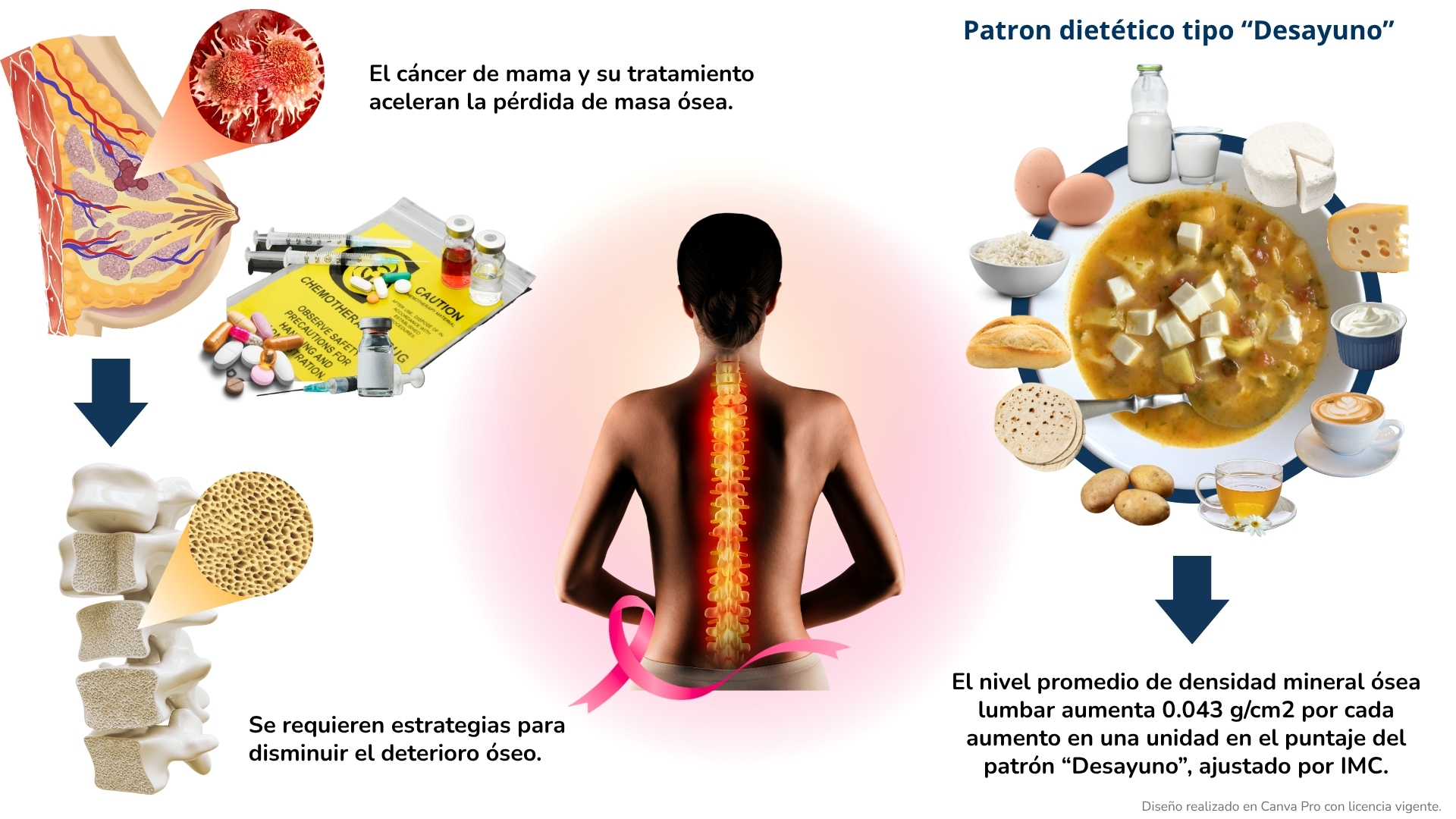
Publicado
Cómo citar
Número
Sección
Licencia
Derechos de autor 2025

Esta obra está bajo una licencia internacional Creative Commons Atribución-NoComercial-CompartirIgual 4.0.
La revista Biotecnia se encuentra bajo la licencia Atribución-NoComercial-CompartirIgual 4.0 Internacional (CC BY-NC-SA 4.0)



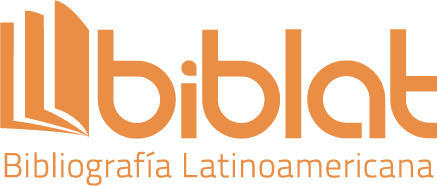

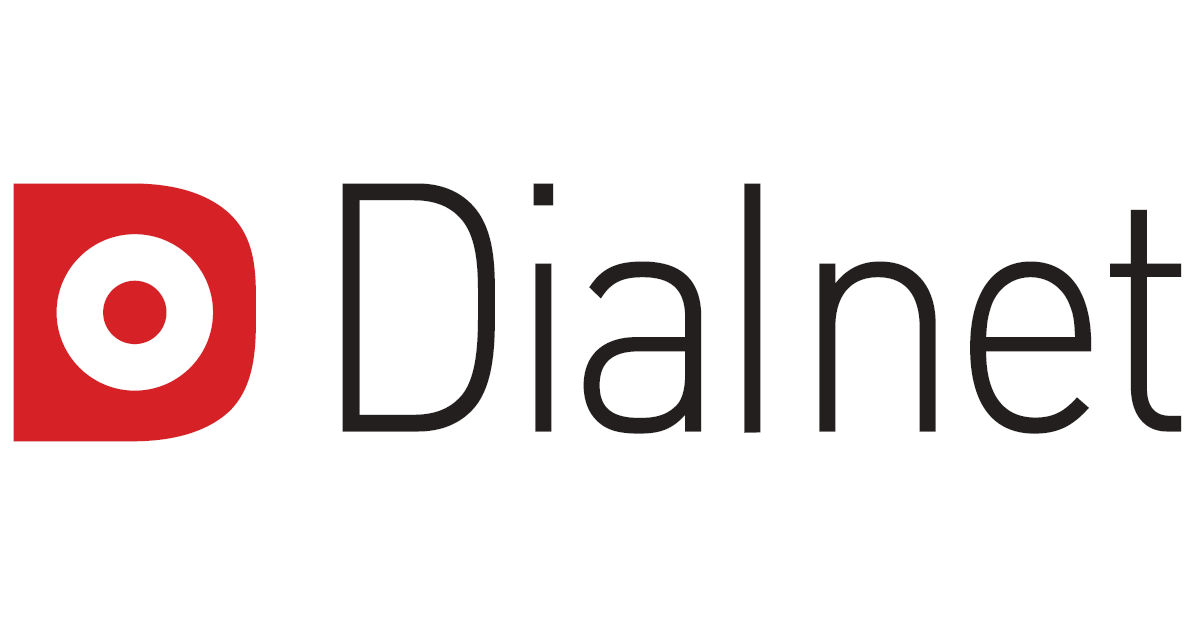
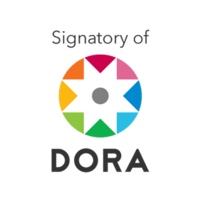
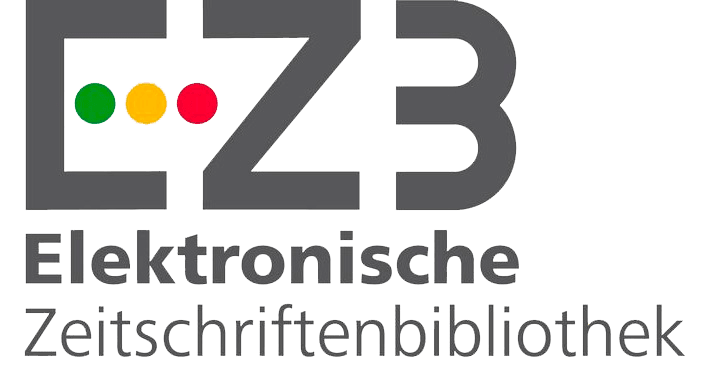


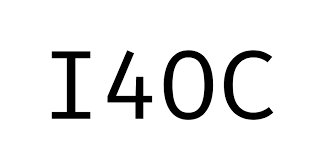
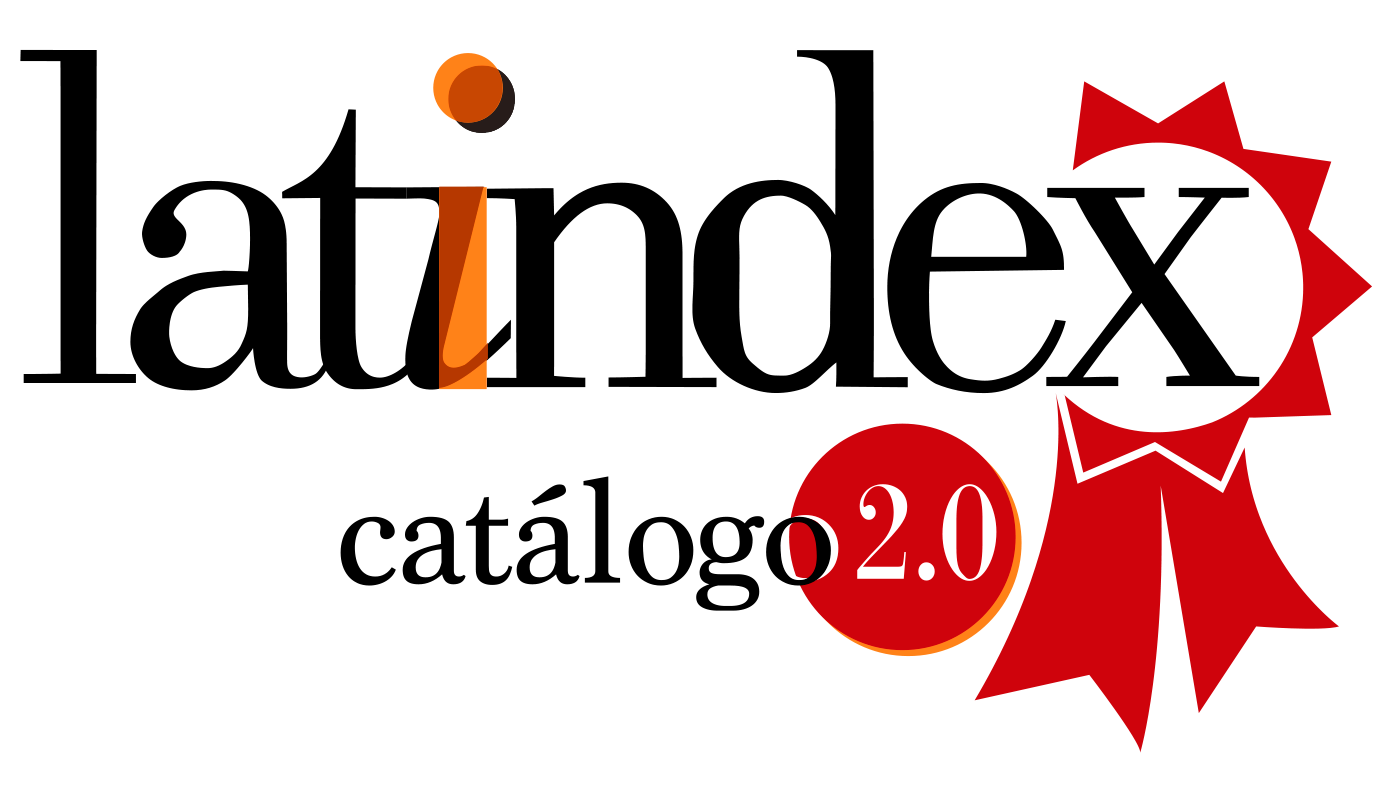

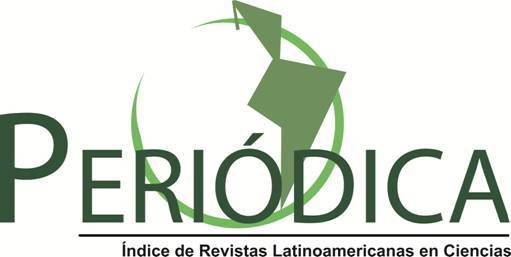

_(2).jpg)


